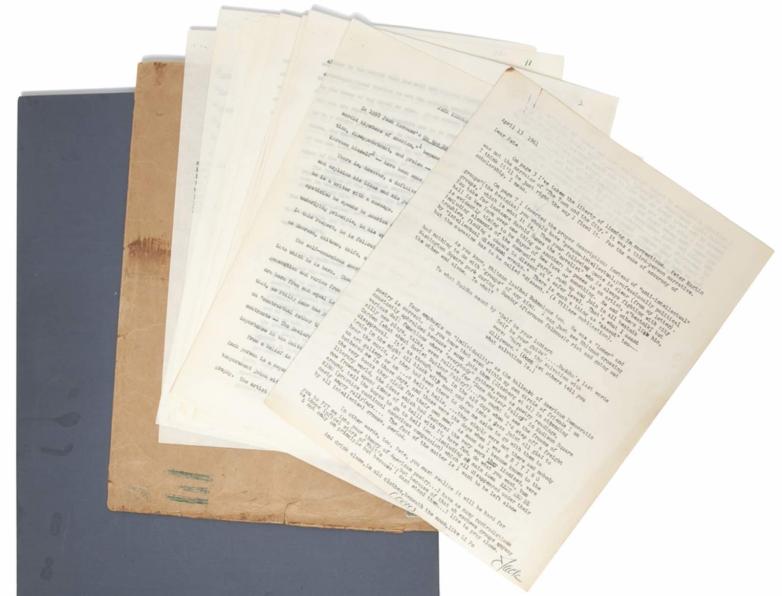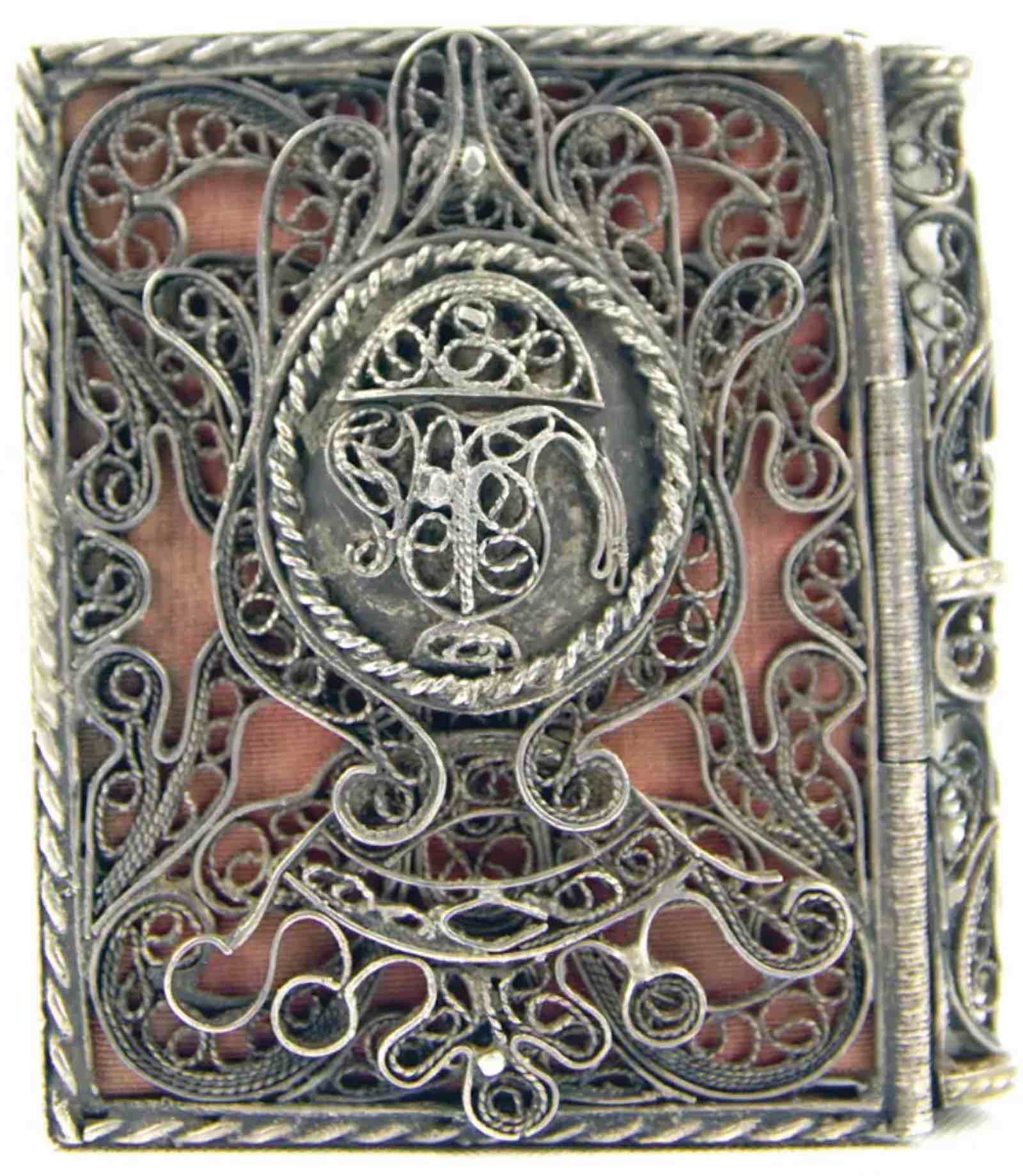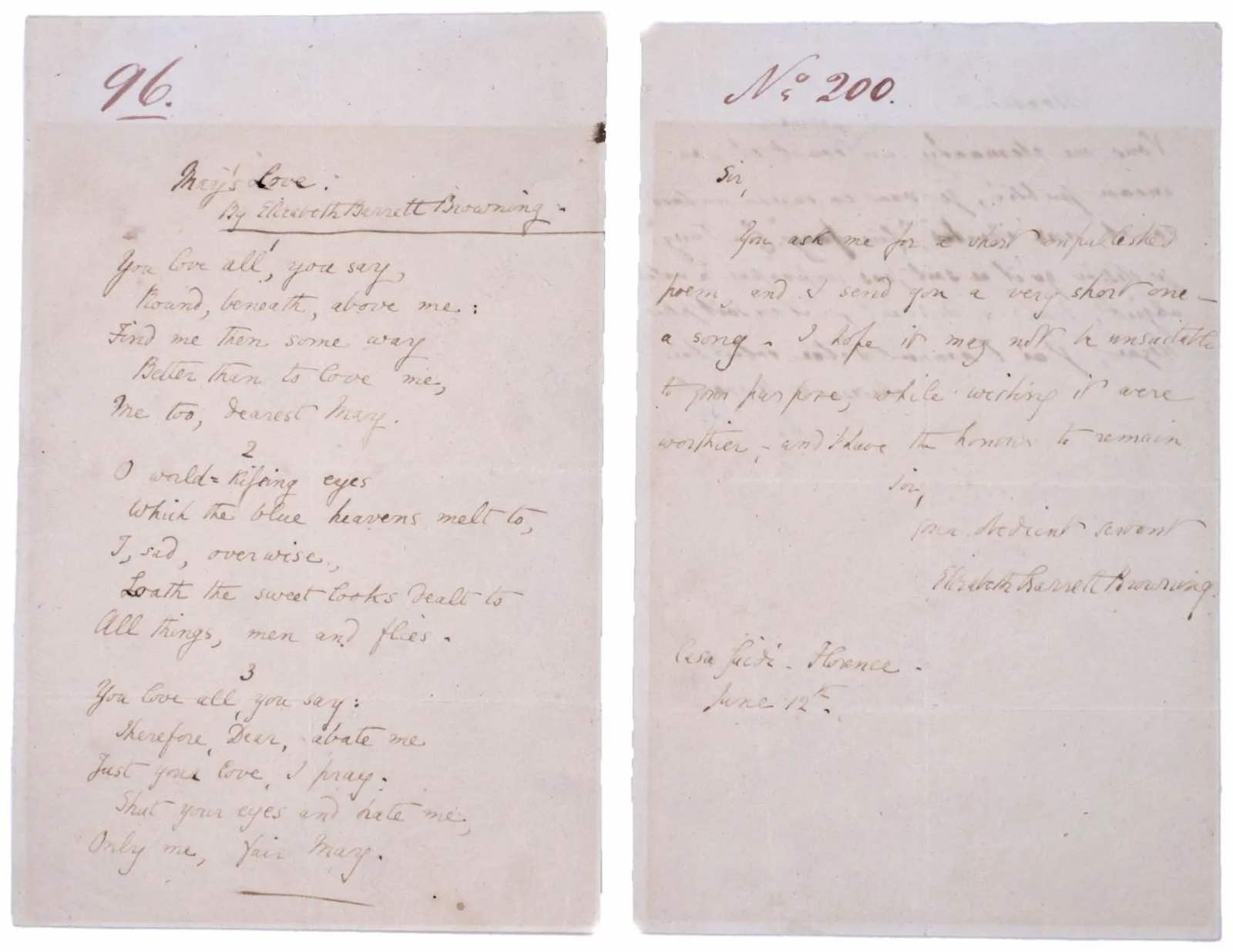* Divine Horsemen: Living Gods of Haiti by Maya Deren
Inscribed by author, a giant in the history of avant-garde film in America: “For Herb — Simply, Maya.” Herbert Passin was a scholar on contemporary Japan and advisor to two Japanese ministers. First edition, London/New York: Thames & Hudson, (1953).
From Ian Brabner, Rare Americana
* A Remarkable Japanese Manuscript Map of the World
Striking double-hemisphere manuscript map of the world with toponyms written in Russian. The chart also includes the tracks of Captain James' Cook's three voyages. This example is believed to have been copied from a manuscript world map drawn by a shipwrecked Japanese sailor during his captivity in Russia, which came into the hands of the Japanese when the Finnish-Swedish Lieutenant Adam Laxman, acting as an agent of Imperial Russia, visited Japan in Kansei 4 (1792). Laxman was facilitating the homecoming of the shipwrecked Japanese sailor Daikokuya Kōdayū and, in return, demanded a trade treaty between Japan and Russia.
Kōdayū managed to bring a world map with him. This map was likely based on a Russian mother map which in turn was the base map for several Japanese copies known to have been in circulation in the first half of the 19th century. The geographical content of the map suggests that the mother map was likely the work of renowned Russian cartographer Alexander Wilbrecht and made in circa 1788-1790. This example is one of the earliest of these Japanese reproductions, most likely made by the innovative political economical thinker Honda Toshiaki. Toshiaki produced a practically identical map in 1813.
From Barry Lawrence Ruderman Antique Maps
* Autograph Letter, signed ("Elizabeth Barrett Browning"), with Autograph Song May's Love
Florence: c. 1848-1861. 2 leaves. Faded, the poem annotated with the number 96 and the letter with "No 200" in a contemporary hand. Browning writes, sending a poem at that point unpublished: "Sir, You ask me for a short unpublished poem, and I send you a very short one – a song. I hope it may not be unsuitable to your purpose, while wishing it were worthier; and I have the honor to remain / Sir, Your obedient servant / Eliizabeth Barrett Browning / Casa Guidi, Florence / June 12" On the verso of one leaf the letter is translated into French, and it's accompanied by another leaf with the poem "May's Love", three quintains, published posthumously in Last Poems (1962).




















